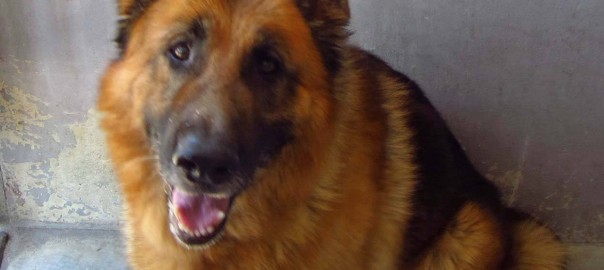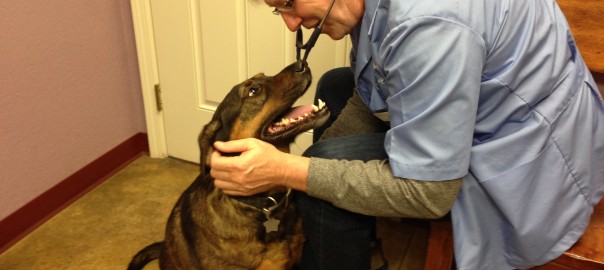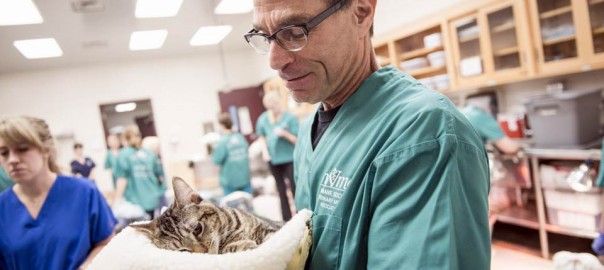At the recent Global Pet Expo in Florida, I was seeing stars. Stars and Stripes, that is — the American flag and its colors emblazoned on many displays of pet products, along with variations of the proud claim they were “Made in America!”.
Clearly, as concerns over Chinese and other foreign products continue, manufacturers know consumers want foods, treats, supplements, and pet supplies to be made in the U.S. That’s why they’re marketing them that way. But just because a marketing claim is made doesn’t mean you’re buying what you want. Here are a few tips to help you be sure you’re getting what you want:
 1. What are they actually claiming? Some products might use “Made” or “Assembled” in the U.S. or similar language that suggests the products were made in the United States. However, such items may have been put together with ingredients or parts that came from somewhere else.
1. What are they actually claiming? Some products might use “Made” or “Assembled” in the U.S. or similar language that suggests the products were made in the United States. However, such items may have been put together with ingredients or parts that came from somewhere else.
Others say their ingredients are “sourced” in the U.S.; this means they were grown or otherwise created in this country. Bottom line: Read label claims with a skeptical eye to what they actually mean rather than what you think they mean at first glance.
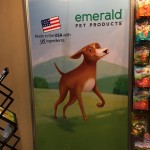 2. Do some due diligence. Contact the company directly and ask for a letter or email that states in writing that all ingredients and/or parts in the product originate and are manufactured in the U.S.
2. Do some due diligence. Contact the company directly and ask for a letter or email that states in writing that all ingredients and/or parts in the product originate and are manufactured in the U.S.
Of course, this assumes you believe you can trust the company, but no company that’s worth your business is going to lie straight-out; they’d be much more likely to try to resort to “wiggle words” to create the impression their product is what you’re looking for. Get that skeptic’s eye ready again!
3. Google the company name and “China” and see what you find. I’ve had a few surprises this way!
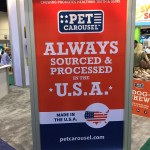 4. Know what you want. Many countries, including our neighbor to the north, Canada, have food and product safety standards that meet or exceed those of this country. If safety is your primary concern, you can be just as comfortable with a Maple Leaf as Old Glory.
4. Know what you want. Many countries, including our neighbor to the north, Canada, have food and product safety standards that meet or exceed those of this country. If safety is your primary concern, you can be just as comfortable with a Maple Leaf as Old Glory.
But if your concern is primarily patriotic, or because you want to support American workers and companies, use the tips above to make sure that’s what you’re really doing when you buy that “Made in the U.S.A” label on your pet’s food, treats, beds, or toys.
Note: These are images I took at Global Pet Expo, and their use isn’t intended as endorsement of the products or their claims, nor to imply anything at all about the claims. I’m just including them to document the phenomenon.
